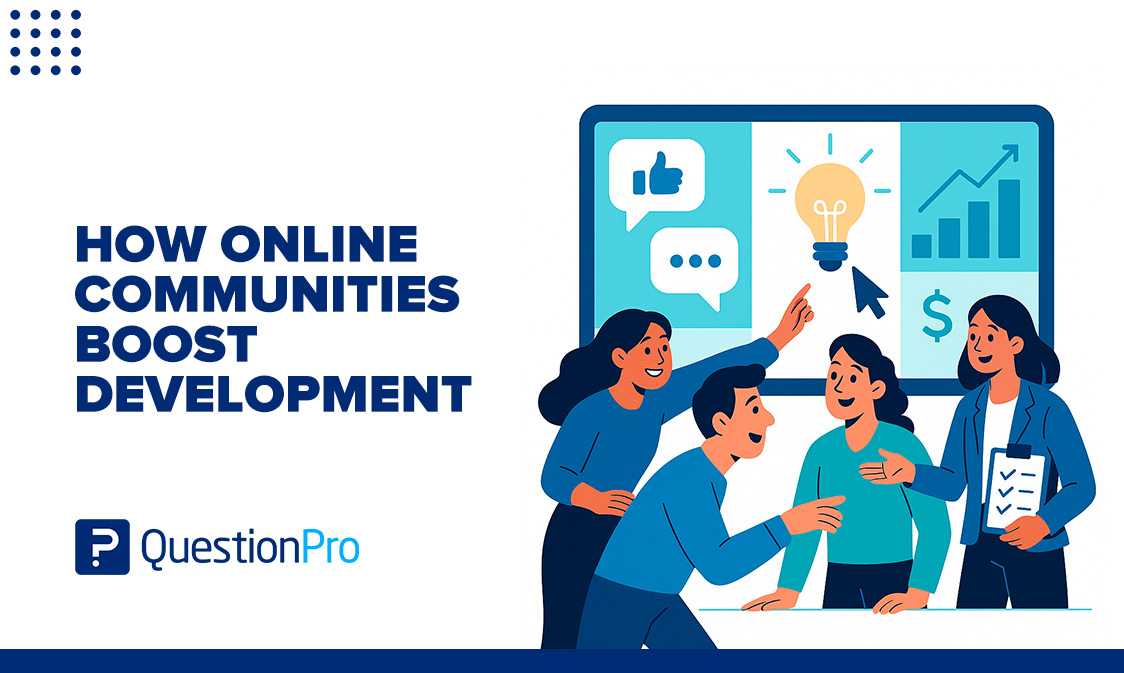
Isn’t This Already Settled?
I was having a conversation with a client last week about a new survey they wanted to send out to their customers. When I asked the first question I tend to ask in these situations, which is “what is your goal?”. As she blurted out the answer of “show it increases our NPS”, I think she already knew the well-intentioned lecture was coming.
As I mentioned that was a potential measurement towards the outcome, she quickly (and humorously) withdrew her statement and we both had a nice laugh at the expense of her quick response and my zeal for operational details.
Setting Goals Not Measure
The timing of this discussion last week with my client occurred as I was preparing for a discussion with the Marketing Research & Intelligence Association on the very topic of Experience metrics that happened just this morning. I immediately recruited her to listen to my brief presentation and provide feedback (great to get a client’s perspective on these speeches).
After I went through the ten slides I had prepared she added another light-hearted apology. What was she apologizing for? And why was she apologizing to me? It turns out that I had mentioned “goals” and “measurements” several times throughout the presentation. I have always enjoyed the relationship I have with this client, but her apology was sincere in that, as many times as I’ve said those two words, she only just recognized how much I have attempted to differentiate them – recognizing that they are not even similar.
I had the “goal” of making it a thought provoking presentation, one “measure” is in the number of questions I get asked afterward. I’m going to add a third word to the conversation – “target”. In that way, you have a goal that can be achieved by hitting certain targets in your measures. If your goal is simply “increasing NPS”, I jokingly would recommend that you only survey happy customers.
The Goal
After this conversation, I knew what I was going to write about this week. Combining that conversation with my discussion this morning, it highlights the importance of having a thoughtful CX Strategy. It is before you set the targets on the measurements you have in a survey, rather you can only set those after you establish a goal for that measurement. As much as I would advocate for the QuestionPro NPS approach, I still find myself telling clients that it is not the correct tool in some situations. HorizonCX is repeating their State of NPS research this year and I encourage you to both participate in the survey and read the 2019 report. I referenced many of these points in my discussion today. For example, 54% use NPS as their primary metric in B2B research. If you re-read the question, you should recognize that it is not a great fit, but still used. NPS was about “one question and one open-end”, yet 30% have used it in a survey with more than 10 questions. Despite where I feel it might be overused, there are 14% out there that have never used NPS as a metric. That is a group of people I would like to talk to.
My goal today: not to convince that one measure is greater than another or to use one over the other, rather I would like to invite you just to revisit your customer experience goals – then ask if you have the correct measure. Whether you measure CSAT, Likelihood to Return, Net Promoter Score and Customer Effort Score or even some internal index, if you have picked the target for your measure or even just your measure before ever defining the goal, it may be time for new goals – then you can pick your ultimate question.







